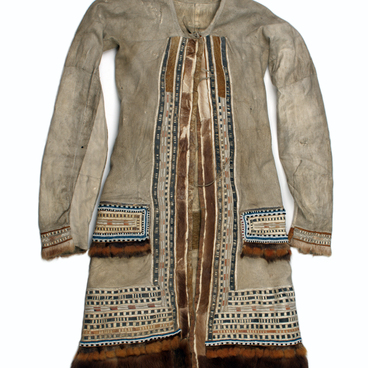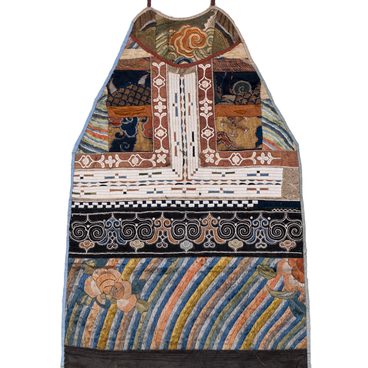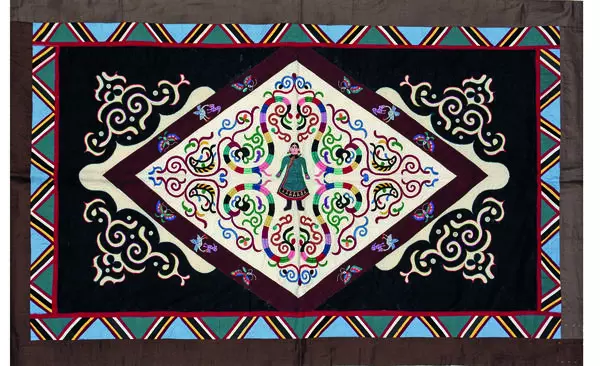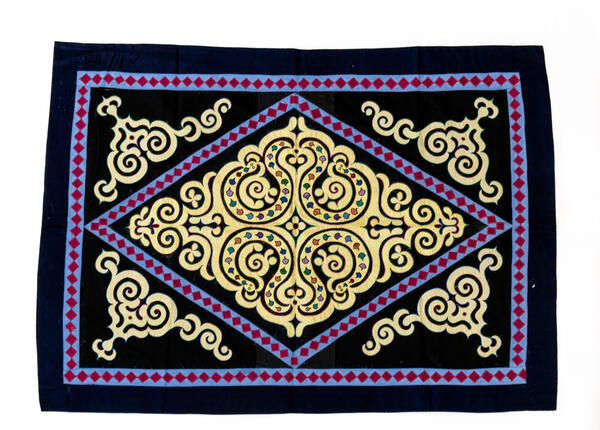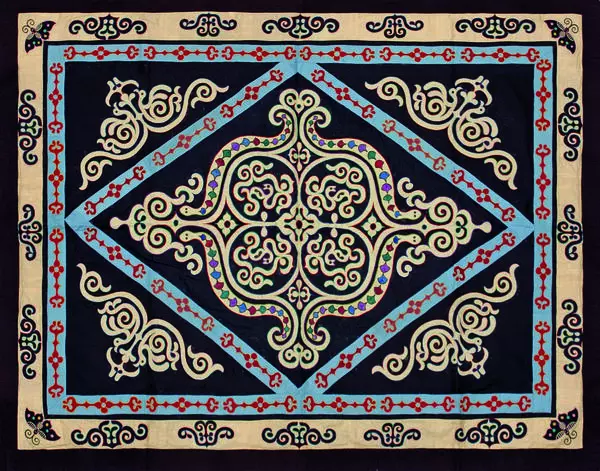Traditional Ulchi headdresses had the common name of apu and were made of natural materials: summer ones were made of birch bark, winter ones — of fur of wild animals (moose, deer, seal, muskrat, fox, lynx, otter) and domestic ones (dog). Later, hats made of cloth appeared, probably preceded by hats made of fish skin and thin animal skin.
The Ulchi hats can be divided into three groups in terms of cut: conical hats, bonnets and hemispherical shallow hats that tightly covered the head. The Ulchi women’s wedding hat was one of the ritual headwear. It was sewn in the form of a bonnet made of the skin from the head of a taiga animal of prey, the lynx.
This hat was decorated with protruding ears and a tail sewn on the back. The ears of the exhibit from the museum collection were covered with silk in the front, decorated with tassels of pink silk threads and finished with tassels of a squirrel’s tail. The eye holes on the hide were stitched up and decorated with pink silk tassels.
The front side of the hat was trimmed with red fox fur, and the lower edge — with a wide strip of sable fur. The tail at the back was made of lynx and black-brown fox fur. Perhaps such a headdress was a reflection of totemism, one of the most ancient forms of religious beliefs, according to which all people descended from certain animals or plants.
Ritual clothing, including shamanic, wedding and funeral costumes, preserved the ancient symbolism of the image and its individual elements, in contrast to festive and everyday clothing. Among all the indigenous Amur peoples, such a headdress was common only among the Ulchi people.
In the past it was used not only as a wedding garment, but also as a festive article of clothing, particularly during the “bear festival”. According to travelers’ recollections, Ulchi women wearing lynx hats danced to the accompaniment of music, beat out on a musical log.
Lynx hats were a special
item of burial clothing. In this case, the protruding ears were cut off. The
face was covered with a four-cornered piece of fur, which was lined with cloth.
Mittens were made of cotton cloth, sometimes even without lining, but more
often using a light layer of cotton wool.




